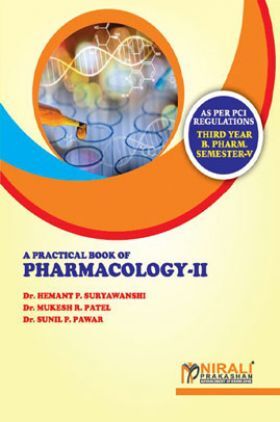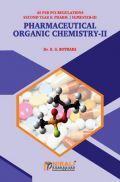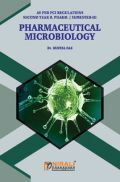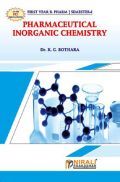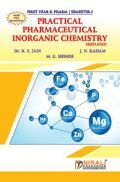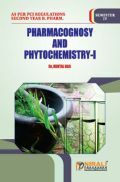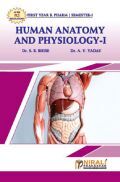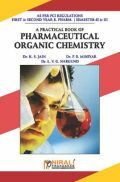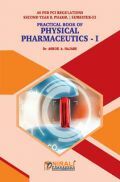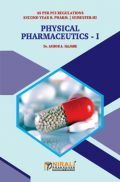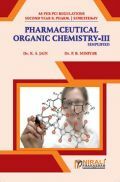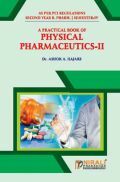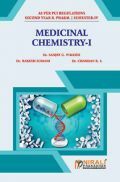Practical training is an important aspect of Experimental Pharmacology. This book is collection of specific methods used in understanding of basic principles of experimental pharmacology. In this an attempt has been made to highlight the practical areas of experimental pharmacology with intention to help students to learn basics in experimental pharmacology, various screening methods, their models and concept that provide advanced understanding of the subject. It provides a concise account of the preliminary methods and general principles which form the basis of pharmacological experimentation. We tried to achieve maximum coverage in the simplest way.
This book Useful for Pharmacy Students.
1. Introduction to in-vitro pharmacology and physiological salt solutions.
2. Effect of drugs on isolated frog heart.
3. Effect of drugs on blood pressure and heart rate of dog.
4. Study of diuretic activity of drugs using rats/mice.
5. DRC of acetylcholine using frog rectus abdominis muscle.
6. Effect of physostigmine and atropine on DRC of acetylcholine using frog rectus abdominis muscle and rat ileum respectively.
7. Bioassay of histamine using guinea pig ileum by matching method.
8. Bioassay of oxytocin using rat uterine horn by interpolation method.
9. Bioassay of serotonin using rat fundus strip by three point bioassay.
10. Bioassay of acetylcholine using rat ileum/colon by four point bioassay.
11. Determination of pA2 value of prazosin using rat anococcygeus muscle (by Schilds plot method).
12. Determination of pD2 value using guinea pig ileum.
13. Effect of spasmogens and spasmolytics using rabbit jejunum.
14. Anti-inflammatory activity of drugs using carrageenan induced paw-edema model.
15. Analgesic activity of drug using central and peripheral methods.

